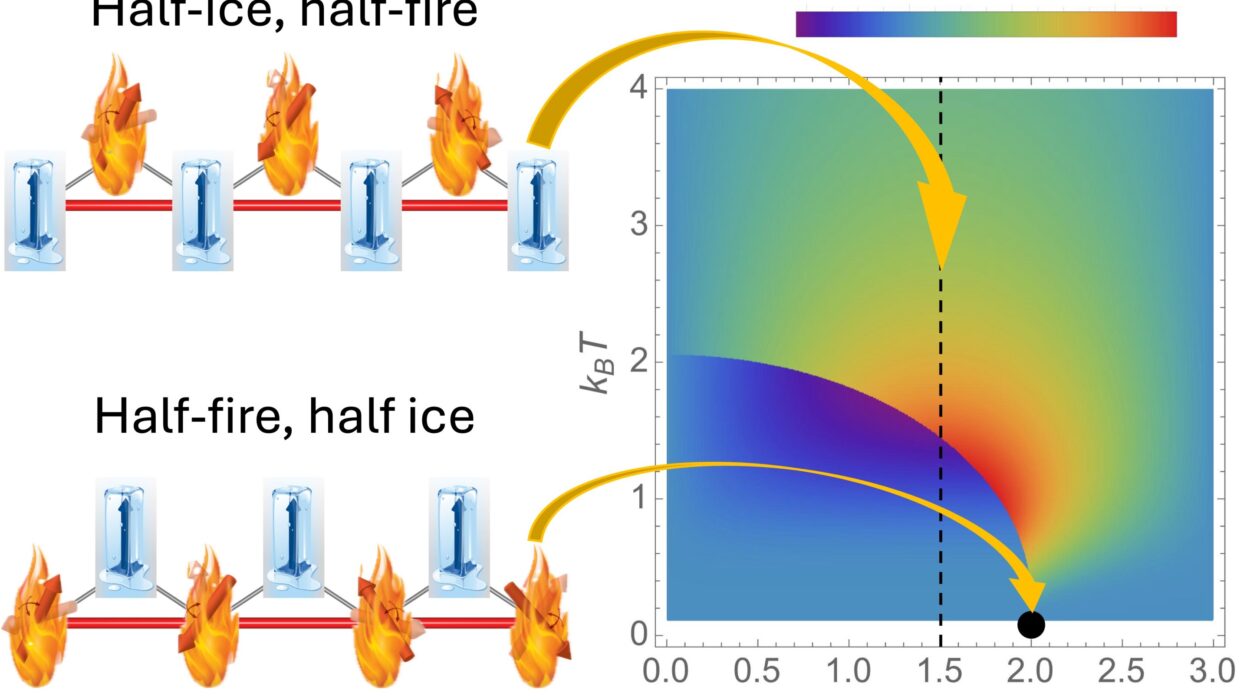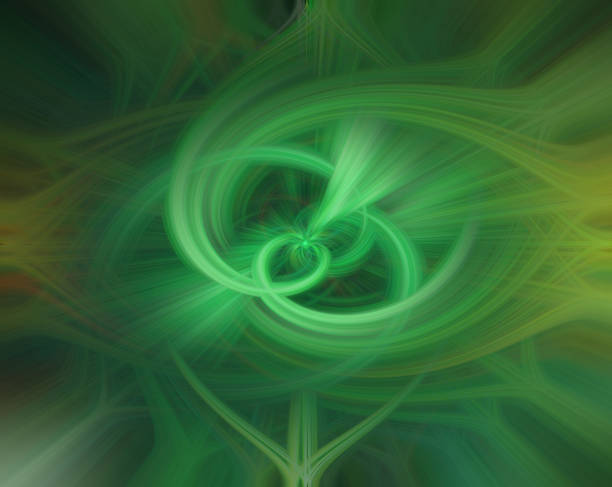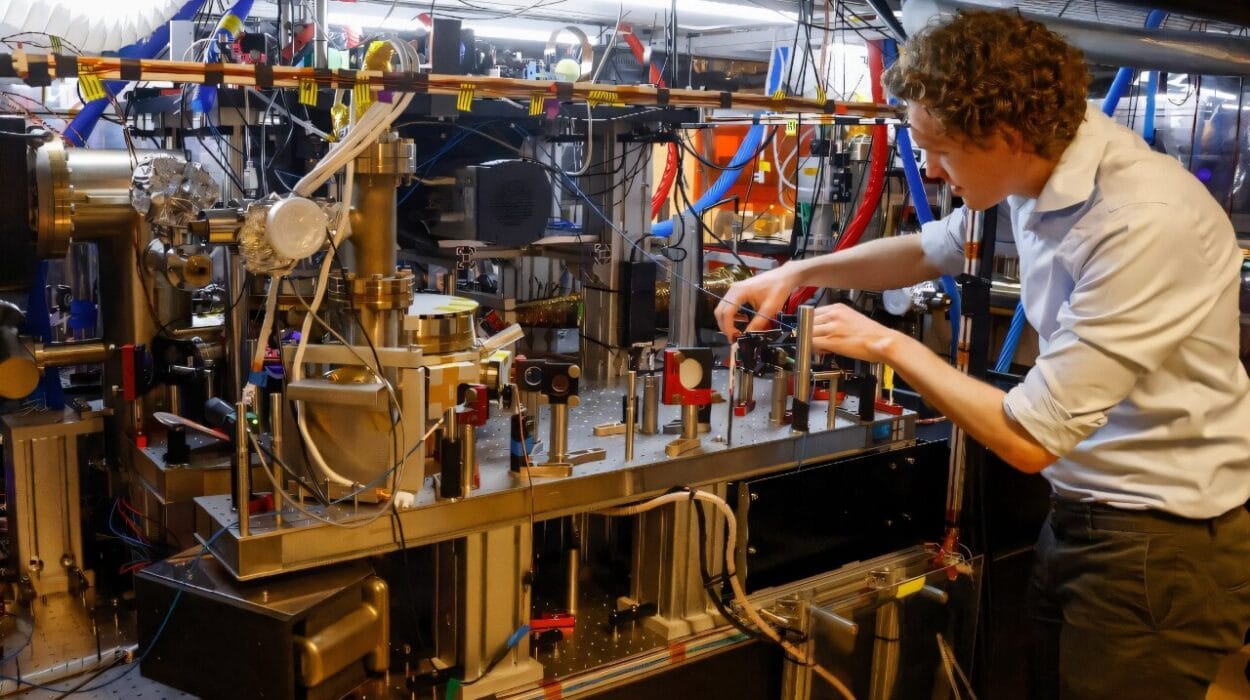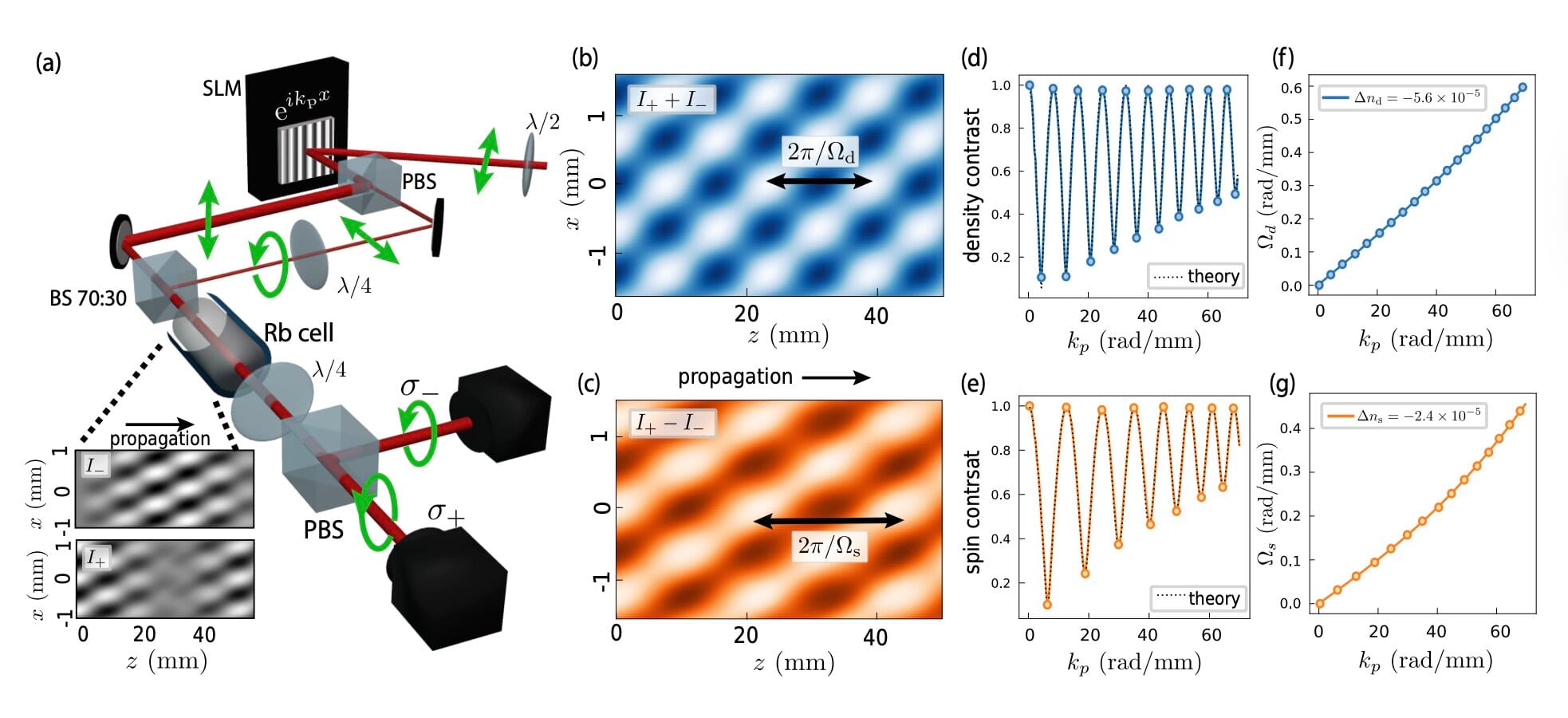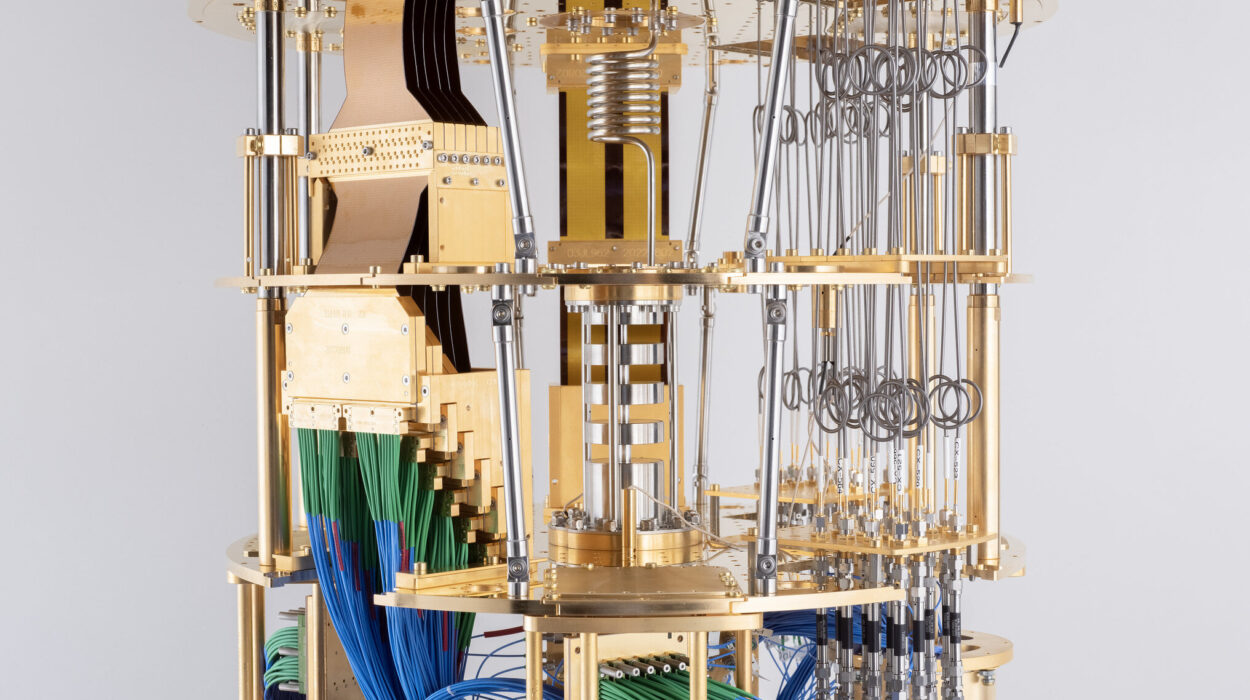Imagine trillions of invisible messengers passing through your body every second without leaving a trace. No flash. No sound. Not even a whisper. These ghostly voyagers hail from the Sun, distant exploding stars, and the very beginnings of the cosmos itself. They’re called neutrinos, and despite their near-invisibility, they hold the key to understanding some of the deepest mysteries in the universe.
You may have never seen one. In fact, no human has directly observed a neutrino in the wild. But make no mistake—neutrinos are everywhere. They travel through the Earth like light through glass. They emerged seconds after the Big Bang. They’re made in nuclear reactions and cataclysmic events like supernovae. And though they almost never interact with matter, their silent journey across the cosmos makes them invaluable to science.
So what exactly are these ghost particles? Why are they so elusive? And what can they tell us about the nature of the universe? Let’s follow the trail of the neutrino from its discovery to the frontiers of modern physics.
The Curious Birth of a Hypothetical Particle
The story of neutrinos begins not with their detection, but with a problem. In the early 20th century, scientists were studying beta decay, a type of radioactive decay where an unstable nucleus emits an electron. But there was something strange: the electrons didn’t carry away all the expected energy. The energy appeared to vanish, defying the laws of conservation.
This mystery worried physicists. Was energy not conserved in beta decay? That would shake the foundations of physics itself.
Enter Wolfgang Pauli, an Austrian theoretical physicist. In 1930, Pauli proposed an audacious idea to save the law of energy conservation. He suggested that an invisible, neutral particle must also be emitted during beta decay, carrying away the missing energy.
He was hesitant to make this proposal public, even referring to the particle as a “desperate remedy.” But his idea planted the seed for what would become one of the most fascinating particles in physics.
It was Enrico Fermi, the Italian physicist and architect of the first nuclear reactor, who later developed a full theory of beta decay and named the hypothetical particle the neutrino—“little neutral one.” The name stuck, and Fermi’s theory formed the basis for understanding weak interactions, one of the four fundamental forces of nature.
From Theory to Detection: A Scientific Triumph
For years, neutrinos remained purely theoretical. Scientists believed in them, but no one could detect them. And for good reason: neutrinos interact so weakly with matter that they can pass through light-years of lead without a single interaction.
It wasn’t until 1956 that neutrinos were finally caught in the act. Physicists Clyde Cowan and Frederick Reines conducted an ingenious experiment near a nuclear reactor, which emits a flood of antineutrinos—neutrinos’ antimatter counterparts. Using tanks of water laced with cadmium chloride, they were able to capture rare interactions between neutrinos and atomic nuclei. The faint signals they observed confirmed the neutrino’s existence at last.
The success was so groundbreaking that Reines later received the Nobel Prize in Physics for the discovery. Cowan had died by then, but their collaboration marked a turning point in physics. The ghost particle had been brought into the light.
Neutrino Flavors: A Surprising Variety
Once scientists knew neutrinos existed, they began to uncover a strange family dynamic. It turned out that there wasn’t just one type of neutrino—there were three.
The first is the electron neutrino, which shows up in beta decay and was the first discovered. Then came the muon neutrino, associated with another particle, the muon, a heavier cousin of the electron. Finally, the tau neutrino, linked to the tau particle, completed the trio.
These “flavors” of neutrinos correspond to the three types of charged leptons: electron, muon, and tau. In the Standard Model of particle physics, neutrinos are the neutral counterparts to these particles.
What makes this even more astonishing is that neutrinos can change from one flavor to another as they travel—a process known as neutrino oscillation. This was a revolutionary discovery. It meant neutrinos had mass, even though they were once believed to be massless.
The realization that neutrinos had mass blew a hole in the Standard Model, which had assumed they were weightless. Suddenly, neutrinos were not just ghostly travelers—they were rebels, challenging the foundational principles of physics.
Trillions Passing Through You Right Now
To grasp just how omnipresent neutrinos are, consider this: every second, more than 60 billion neutrinos from the Sun pass through every square centimeter of your body. That’s not a typo—60 billion per square centimeter per second.
And they don’t just come from the Sun. Cosmic rays striking the Earth’s atmosphere create atmospheric neutrinos. Radioactive decay within Earth’s crust produces geoneutrinos. And distant astronomical events, like supernovae, unleash floods of neutrinos that traverse galaxies unimpeded.
The reason they’re so ubiquitous yet undetectable lies in their properties. Neutrinos have no electric charge and are nearly massless. This makes them immune to electromagnetic and strong nuclear forces. They only interact via the weak nuclear force and gravity—two of the weakest forces in nature. As a result, most neutrinos pass through matter as if it weren’t even there.
This makes them invaluable as messengers from otherwise unreachable realms. They escape dense environments that light cannot, carrying pristine information from the hearts of stars and the edge of the cosmos.
Neutrino Oscillation: A Quantum Dance
One of the most fascinating aspects of neutrinos is their ability to oscillate between flavors. An electron neutrino can become a muon neutrino and then transform into a tau neutrino, cycling through these states as it journeys through space.
This phenomenon, first hinted at in solar neutrino experiments, was confirmed by experiments like Super-Kamiokande in Japan and the Sudbury Neutrino Observatory in Canada. Scientists realized that the number of electron neutrinos arriving from the Sun was lower than expected. Where were the missing neutrinos?
The answer was that they hadn’t vanished—they’d just changed flavors. This discovery not only explained the “solar neutrino problem,” but also proved that neutrinos have mass, however tiny.
Understanding neutrino oscillation required a new way of thinking about particle identity. In quantum mechanics, particles can exist in superpositions—states that are not one thing or another, but a blend. Neutrinos, it turns out, are produced and detected in one flavor but travel as a mixture of mass states, constantly morphing between identities.
This strange quantum behavior has enormous implications. Not only does it expand our understanding of the subatomic world, but it also provides a window into new physics beyond the Standard Model.
Neutrino Detectors: Capturing the Invisible
Detecting neutrinos is one of the most challenging feats in experimental physics. Because they rarely interact with matter, scientists must build enormous detectors and wait patiently for a few neutrinos to reveal themselves.
These detectors come in many forms. Super-Kamiokande, a giant tank filled with 50,000 tons of ultra-pure water, sits deep underground in Japan. When a neutrino strikes a water molecule, it can produce a faint flash of light known as Cherenkov radiation. Sensitive photomultiplier tubes lining the tank walls capture these fleeting signals.
In Antarctica, the IceCube Neutrino Observatory burrows into the South Pole ice, using a cubic kilometer of frozen detector material. When high-energy neutrinos from cosmic sources interact with ice molecules, they produce secondary particles that emit detectable light. IceCube has opened a new era of neutrino astronomy, revealing neutrinos from blazars—supermassive black holes with jet emissions.
Other detectors use liquid scintillators, heavy water, or even vast salt domes. What they all share is a need for isolation from background noise. That’s why neutrino observatories are buried deep underground, under mountains or oceans, to shield them from cosmic rays and other interference.
The Neutrino’s Role in the Cosmos
While elusive, neutrinos are not trivial. They may hold clues to some of the biggest questions in cosmology.
One mystery is the matter-antimatter imbalance. The Big Bang should have produced equal amounts of matter and antimatter, which should have annihilated each other. But the universe is filled with matter—and precious little antimatter. Why?
Neutrinos might hold the answer. If neutrinos and antineutrinos behave differently—a phenomenon known as CP violation—it could help explain how matter came to dominate. This is an area of active research and one reason physicists study neutrino behavior so intensely.
Another puzzle involves dark matter. Though neutrinos are not massive enough to account for all the dark matter, some theorists believe there may be a fourth type of neutrino—sterile neutrinos—that don’t interact even via the weak force. If they exist, they could contribute to the dark matter budget.
Neutrinos are also cosmic archaeologists. Because they can travel across the universe without being absorbed or deflected, they carry pristine information from the early universe. Studying them could shed light on how galaxies formed, what happens in supernovae, and even the nature of time and space.
The Future of Neutrino Science
We are still in the early days of neutrino science. Upcoming experiments promise to reveal even more about these ghostly particles.
The Deep Underground Neutrino Experiment (DUNE) will send neutrinos 800 miles from Fermilab in Illinois to a detector in South Dakota. By studying how the neutrinos change en route, scientists hope to uncover CP violation and learn more about the neutrino mass hierarchy.
Meanwhile, experiments like JUNO in China and Hyper-Kamiokande in Japan aim to increase sensitivity and resolution, allowing for unprecedented precision in neutrino measurements.
Neutrinos may even help detect black holes and neutron star collisions, providing complementary data to gravitational wave observatories. This emerging field of “multi-messenger astronomy” brings together neutrinos, photons, and gravitational waves to paint a fuller picture of the cosmos.
Why Neutrinos Matter
At first glance, neutrinos seem inconsequential. They barely interact, carry little mass, and fly through matter unnoticed. But this very elusiveness is what makes them so powerful. They are unbiased witnesses to the universe’s most violent and mysterious processes.
They challenge our models, refuse to obey the old rules, and hint at deeper structures underlying reality. Studying them forces us to refine our understanding of mass, time, and the fundamental nature of particles.
Einstein once said, “The most incomprehensible thing about the universe is that it is comprehensible.” Neutrinos stretch that sentiment to the limit. They are comprehensible only through layers of quantum logic and experimentation on heroic scales. Yet the fact that we can even glimpse them, much less begin to understand them, is a testament to human ingenuity.
Conclusion: Emissaries from the Shadows
Neutrinos are like whispers from the universe’s deepest vaults. They emerge from stars, explosions, and the dawn of time itself, journeying across space to brush silently past your skin. They’re ghosts that refuse to be caught, particles that defy boundaries, and messengers from the cosmos.
In chasing them, physicists are not just seeking to understand a particle—they’re probing the architecture of reality. Neutrinos may be small, but they carry the weight of cosmic truth. They are both the question and the answer, the riddle and the key.
So the next time you feel the warmth of the Sun or look up at the night sky, remember: you are being touched by trillions of neutrinos. They pass through you like shadows through glass, indifferent and eternal. And in their silence, they carry the story of the universe.

